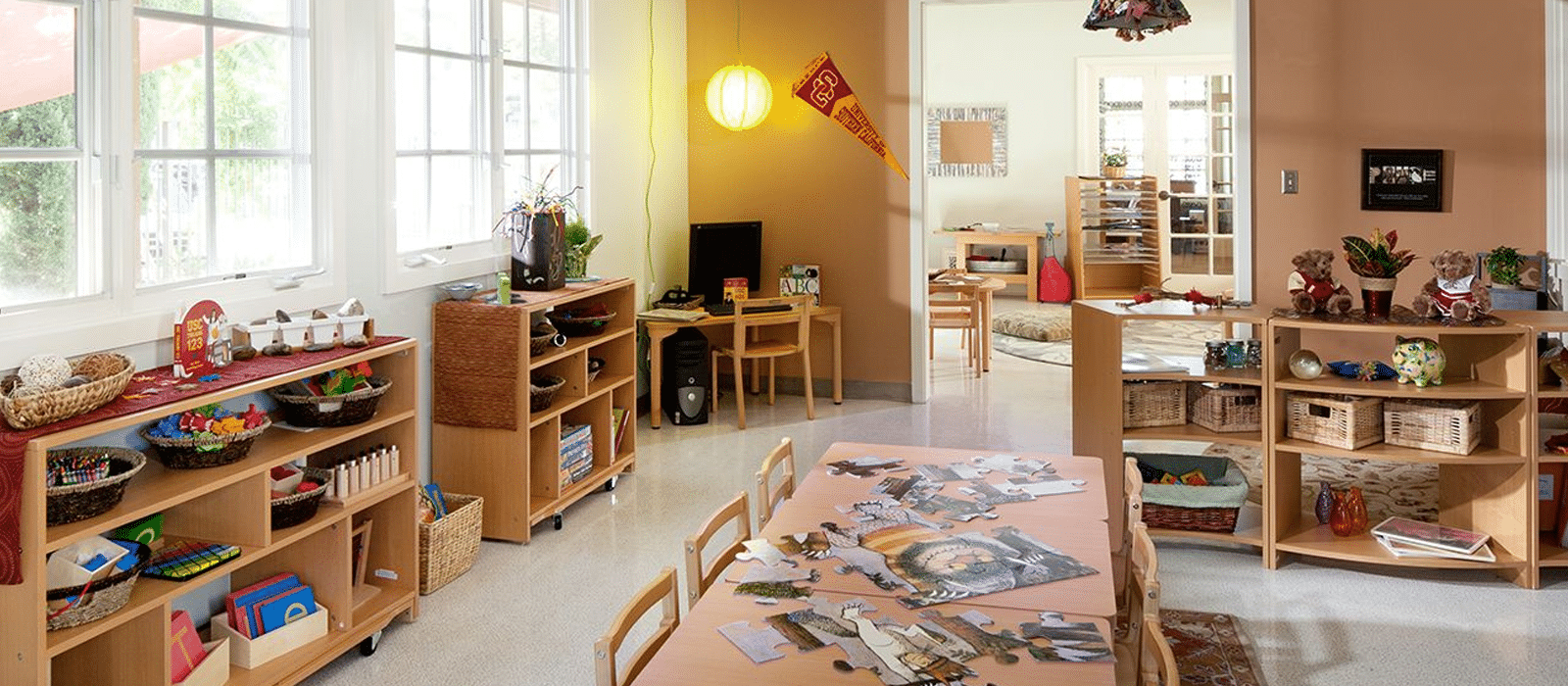What Makes a Reggio Emilia-Inspired Early Learning Centre Stand Out

Early childhood education philosophies vary dramatically in their approaches to learning, development and care. Under these different methods, the early learning center inspired by Reggio Emilia represents a characteristic paradigm that interpreted the relationship between children, educators, families and knowledge. This approach comes from Italy after the war in Italy under the visionary leadership of Loris Malaguzzi and rejects the concept of children as empty vessels that are waiting for knowledge deposits. Instead, it recognizes young learners as powerful protagonists on their educational trip, who are able to construct understanding through relationships, environments and several forms of expression. In contrast to conventional centers, which mainly focus on preparing for formal school education, the environments inspired by Reggio create contexts in which children not only develop academic willingness, but also profound skills for creative thinking, cooperation and meaning that exceed traditional educational boundaries.
Pedagogical documentation that makes learning visible
Perhaps the most distinctive feature of exceptional reggio-inspired centers is your sophisticated approach to documentation as evaluation and teaching aids.
Far more than cute exhibitions of children’s artwork record real pedagogical documentation The learning processes – not just products. When you enter into a center inspired by Reggio, you will find panels that combine photographs of children, which are examined, transcriptions of your conversations, rehearsals of your work in different phases and educational reflections that interpret the importance of these moments. This documentation serves several important purposes: it tells the children that their thinking is valued; It offers educators rich evaluation data for planning the next steps. It offers parents windows in the complexity behind a seemingly simple game. And it enables the children themselves to rethink and expand their thinking.
Ateliers and studio thinking
The presence of committed studios (Studios) and Atelieristas (Studio Teachers) marks another license plate for respected reggio-inspired practice.
In contrast to art courses that concentrate on product position, studios offer rooms in which children develop visual languages to present and examine ideas. The materials are organized with exquisite attention for aesthetic properties – greetings glasses hold collections of stones that are sorted by gradient. Wire sculptures show the movement options of various measuring devices; Light tables show transparent object properties. The Atelierista works with other educators to help children develop sophisticated strategies for visual thinking that complement verbal expression. This integration of artistic processes in the entire curriculum reflects the Reggio principle that children have “hundred languages” to express and explore concepts.
Environments as living systems
Superior reggio-inspired centers do not consider physical environments as a static classroom, but as a dynamic, reaction-fast “third teachers” together with adults and colleagues.
These rooms are carefully attentive to sensory properties – natural light, which flooded through windows, acoustic properties that enable conversations without cacophony, tactile experiences with natural materials, subdued color pallets that do not compete with the work of children. Furniture agreement creates various zones for different types of commitment: intimate corners for cooperation with small groups, open areas for larger meetings, certain rooms for construction or dramatic games. These environments develop the most unique in response to the emerging interests of the children instead of staying static all year round. When a group develops fascination for shadow games, light sources and projection surfaces appear; When the examination of plant growth turns, the environment includes germination stations and the documentation of change.
Deep respect for children’s theories
Exceptional reggio-inspired centers show real intellectual respect for the thinking of children about the world.
Instead of correcting “misunderstandings” or delivering “correct answers”, specialist educators document the theories of the children in these environments and create contexts to test and refine these ideas. If children ask themselves whether shadows consist of color, educators can offer materials for examination instead of giving lectures on light physics. This approach recognizes that conceptual understanding of hypothesis tests and revision and not by transferring facts develop. The resulting intellectual commitment exceeds what can usually be seen in early childhood environments that concentrate on red learning or superficial themed activities.
Authentic research projects that develop over time
Distinguished Reggio-inspired centers are involved in children’s examinations that develop through predetermined results for weeks or months.





